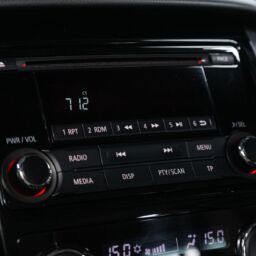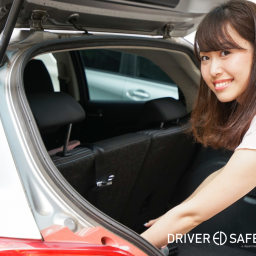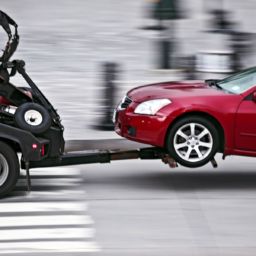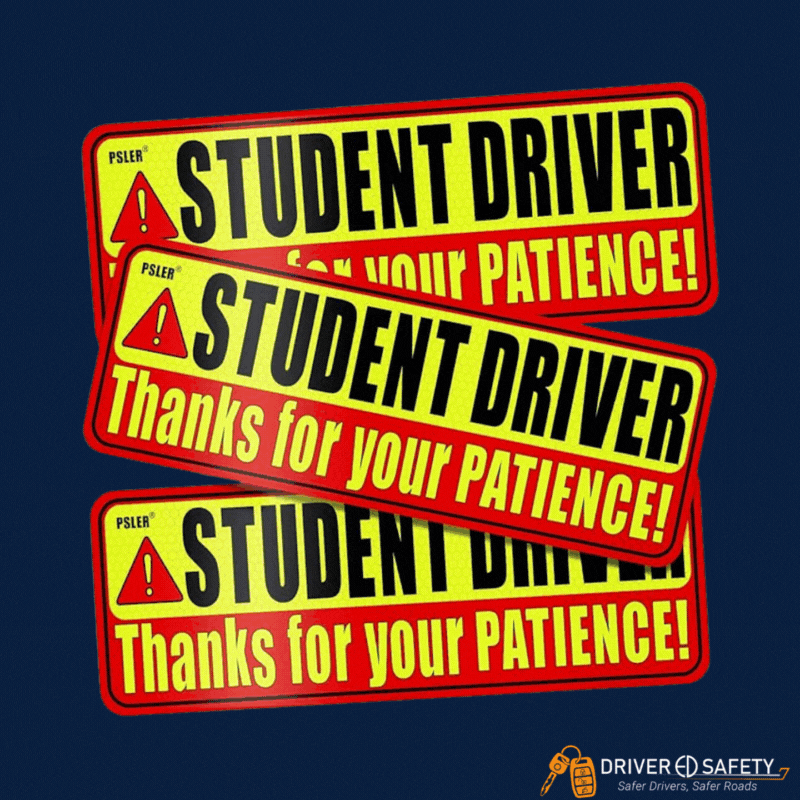
For many drivers, nighttime drives are a pleasant way to wind down from the day—rush hour has passed, and traffic significantly decreases. However, driving at night also comes with greater risks compared to driving in the daylight. At Driver Ed Safety, we want you to stay safe on the road no matter the time of day. Fortunately, there are plenty of ways to make driving at night safer for you, your passengers, and other motorists. Read on to learn our top tips for driving safely at night.
1. Slow & Steady Wins the Race
Most of us want to get to our destination as quickly as possible, especially when driving home from a night shift at work. However, getting home a few extra minutes early isn’t worth the risk of an accident. Speeding is never the answer, especially when you’re driving in the dark. It can be harder to spot obstacles in the distance (like pedestrians, wild animals, or cars with faulty breaklights). Our advice is to slow down and abide by the speed limit, even if that means missing a couple of spare minutes of relaxation time.
2. Be Alert at All Times
No matter what time of day you drive, staying alert is crucial to your safety. But when the sun goes down, it’s even more important to watch for other cars and pedestrians. If you live in a rural or suburban area, make sure to stay vigilant for animals that might dart out across the road. If you feel yourself starting to get drowsy and can no longer stay alert, find a safe place to pull over and rest for a while.
Another “go-to” way to minimize drowsiness is to avoid heavy foods, get adequate sleep, and take breaks from driving about every 2 hours if you’re on a long drive.
3. Keep Your Vehicle Clean
If you plan to drive at night, be extra sure that your windshield and side mirrors are clean. Windows that are streaky or smeared with dirt can obstruct your vision, especially when bright headlights are driving toward you.
It’s a good idea to keep glass cleaner and a spare rag in your trunk so you can clean up even when you’re not home. If you don’t have any cleaning supplies on you to wipe down your car, stop at the nearest gas station and borrow their squeegee bucket.
4. Know When to Use Your High Beams
Don’t forget about your high beams! If you’re driving on a dark road late at night and there’s no oncoming traffic, take advantage of your brights. However, make sure you’re also following tip #2, and stay alert for cars coming toward you. You don’t want to be responsible for obstructing another motorist’s vision! It’s also a good idea to regularly check all the lights on your car, so you don’t wind up in the dark with a burnt-out headlight.
5. Choose Your Route Wisely
During the day, it’s tempting to take the scenic route. But when you’re driving at night, it’s usually best to choose the fastest way home. If you can, take streets that have better lighting and fewer curves. Avoiding two-lane roads is also a good option (if it’s possible where you live) since glare from oncoming cars tends to be worse on those streets.
Learn The Rules of the ROAd with CIESC Driver Education
Staying safe behind the wheel should be a top priority for everyone, whether it’s 11 a.m. or 11 p.m. Since nighttime driving tends to yield higher risks than daytime driving, following safety guidelines is especially important.
Learn more about safely driving in the dark, defensive driving, and road skills through the CIESC Driver Education program. This BMV-compliant course is an excellent step toward staying safe during a nighttime drive. Follow us on social media to stay in the know about driving tips, or register for our Behind the Wheel driving course.














